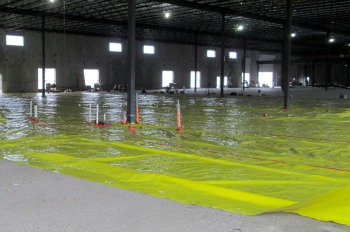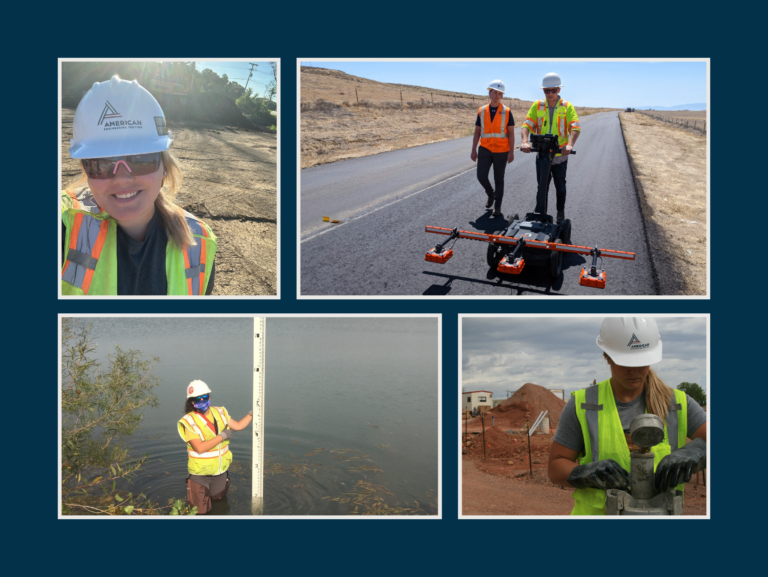You may not know it but there could be harmful vapors and/or radon migrating into your building. Recently, Minnesota, Wisconsin, and other states have been requiring soil vapor testing near or on properties impacted by volatile contaminants. Also, vapor mitigation systems are often required for new construction as well as old structures near or on properties impacted by soil vapor contaminants. The testing and system set up for soil vapors is similar to radon mitigation and has quickly become one of the more requested services that our Environmental Team offers.
Soil Vapor Mitigation is extremely important, not only because it is now regulated by many states, but also because it prevents harmful concentrations of volatile organic compounds (VOCs) from entering a structure. This helps protect the people who work and/or live in the structure from breathing VOCs.
The purpose of a vapor mitigation system is to prevent soil vapors from migrating into a building. Soil vapors seek the path of least resistance and migrate from an area of high pressure to lower pressure. To prevent harmful soil vapors from entering a building, we have used venting of the soil below the floor slab, thus creating a less resistant path for the soil vapors to follow. AET has been designing vapor mitigation systems for over ten years. We have designed systems for existing and new construction both active (with blowers) and passive (no blowers).
Our first step in evaluating a soil vapor issue is to determine if there are harmful vapors in the soil and if the soil vapors pose a risk to the individuals that occupy a building. The state criteria for soil vapors are used by our team to determine what risks are posed to the occupants of the structure being tested. If the results indicate a risk for new construction, a venting system including a vapor barrier is designed with vent pipes that run under the slab and vent outside the building envelope. For existing buildings, a pilot test is conducted. The pilot test typically consists of extracting soil vapor from an extraction point cored through the floor slab and monitoring pressure readings at points installed at various distances from the extraction point. Once the pilot test is complete an appropriate system is designed and recommended for installation.
For more information regarding AET’s Soil Vapor Mitigation and other Environmental services please visit our Environmental Services page.



